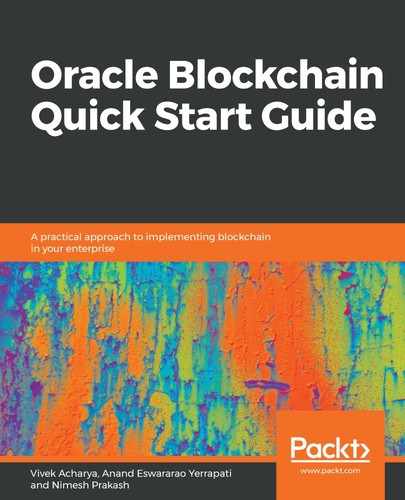Permissioned blockchain has evolved to address the need to adopt blockchain among a set of known (and not necessarily trusted) but identifiable participants. Such participants first need to be explicitly admitted to the blockchain network. Here, knowing (identifying) participants is more important than fully trusting those known participants. These participants might not trust one another, but are known and identifiable and they are chained by a common goal. Hyperledger Fabric (HLF) (a permissioned blockchain) uses Byzantine Fault Tolerance (BFT) variant Practical BFT (PBFT), as the consensus protocol instead of proof of work (PoW). HLF offers improved functional qualities to permissioned blockchain, such as confidentiality and consistency, while also offering improved and enhanced non-functional qualities, such as performance and scalability.
This chapter focuses on the fundamentals of HLF. This will allow you to understand how business logic is implemented in HLF and learn about various transaction types that facilitate read and write operations to distributed ledgers. The Linux Foundation, in collaboration with various leading companies and some of the smartest developers, is endeavoring to solve some of the most complex challenges facing the world of IT and is also promoting the commercial adoption of open source technology. This is the largest ever open source software project in the world. The Linux Foundation is a blanket project for various open source projects. For big data and analytics, it supports R, as well as consortium projects. For networking, it powers ONAP (short for Open Network Automation Platform), OpenDaylight, and others. For cloud computing, it empowers projects such as Cloud Foundry, and cloud native computing. Similarly, for blockchain, the Linux Foundation handles the Hyperledger project.
